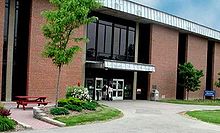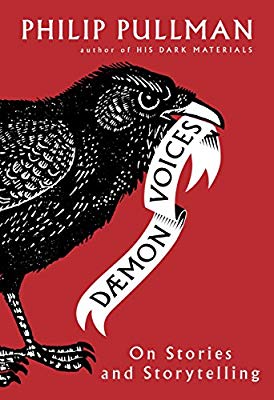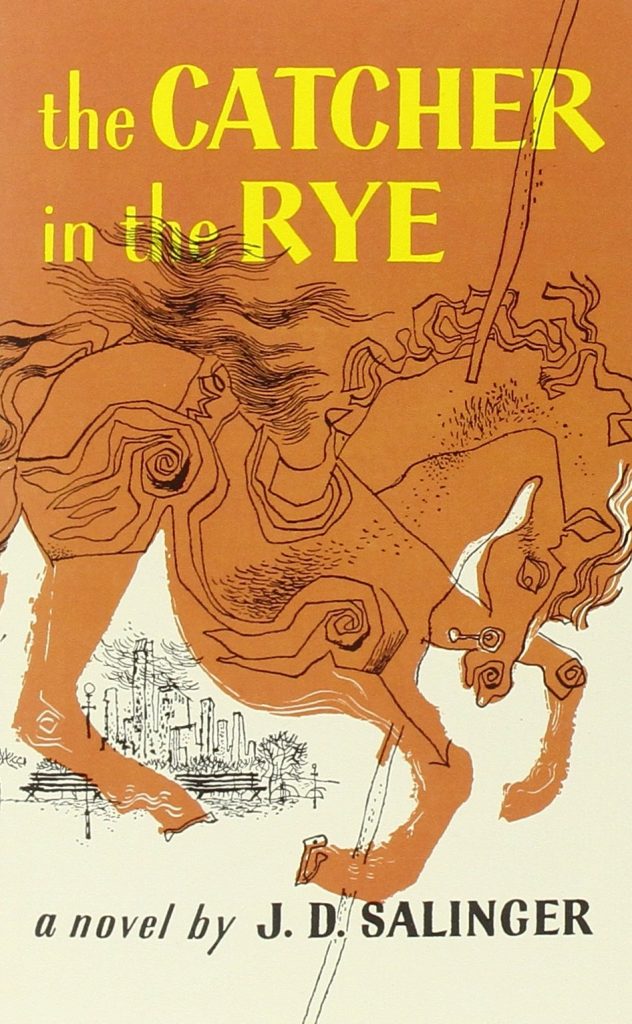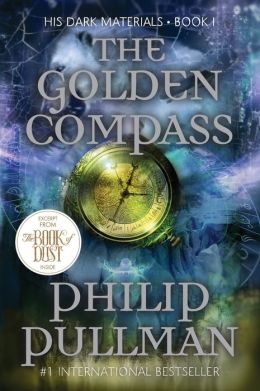
Hello WordPress! It has been a while since I blogged specifically about the censorship of The Golden Compass at Halton Catholic School District. Jacob and I have made tremendous progress over the past few weeks. I am very excited to tell you all about it!
Acquisition of materials
The amount of primary source material on the case is stunning. We have found articles from big name news corporations such as Fox and CBC. Using the databases our research librarian provided us with, we added more sources to our collection. There is plenty of information on the case, but it is extremely time consuming work to dissect all of it. Many of the articles are repetitive, and some even recycle the same quotes. Slowly but surely, I have have been checking off one article at a time. The amount of sources we have can be overwhelming at times, but it is always better to have extra than not enough.
The most important documents in our possession are the school board minutes, the committee report, and the request for consideration forms. I requested these from the Privacy and Records Information Manager, Sandra Vieira. Lucky for us, she responded quickly and was happy to help. I have reached out to Sandra again to request the completed request for consideration form that the complainant filled out. This document will allow Jacob and I to examine the exact wording of the complaint. We are still waiting for a response, but hopefully she will reply soon.
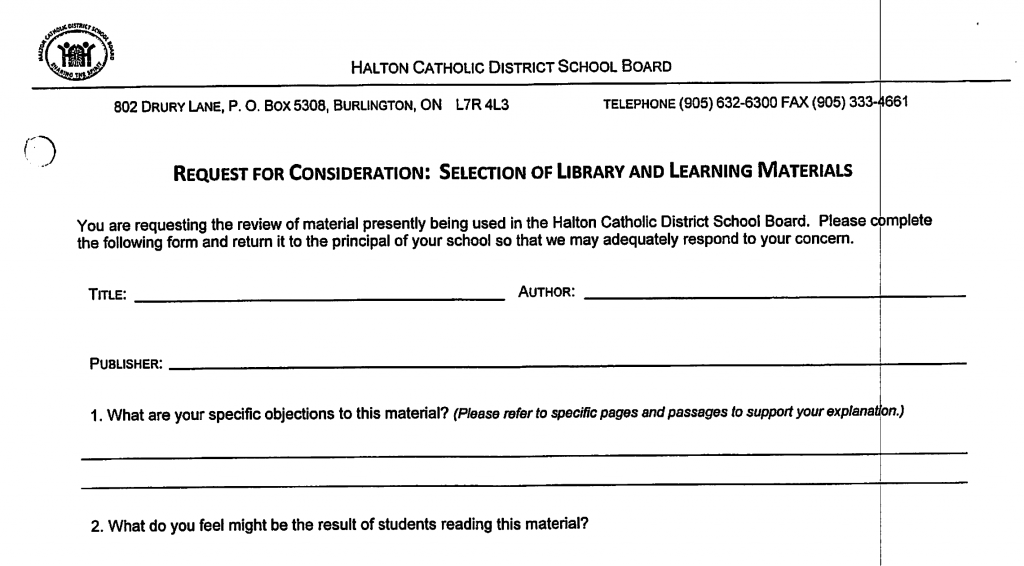
Mapping out the players
My big undertaking this weekend was to create a document of all the people connected to the case. So far, I have complied a list of fourteen names, all of which are somehow related to the censorship of The Golden Compass. The case in Halton started a ripple effect which raised concerns in other areas of Canada. For this reason, I have also been keeping track of people associated with related cases. I think this method of organization will prove very useful when it comes time to build our website.
One of my favorite aspects of this project has been researching the different viewpoints of Halton staff. While some members were adamant about restricting access to The Golden Compass, others were open to letting it remain on the shelves. I found it particularly interesting that two of the student board trustees had opposing viewpoints. Kelly Medeiros advocated that students should be allowed to choose their own reading material. Contrariwise, Teanna Lobo thought the text was inappropriate. Despite being juniors in high school and both attending catholic school, these two students had different ideas on censorship. The more research I do, the more vividly I am able to paint the picture of the board meeting.
Bumps in the road
Although Jacob and I have been extremely lucky thus far, it appears we might have some difficulties finding interviewees. I have spent the weekend scouring the internet for contact information for anyone who was involved in the case. So far, I have only been able to reach out to two individuals: Father David Wilhelm, a member of the school board, and Scott Millard, the manager of library sources. I am anxiously waiting for their responses.
Next on the docket
My goal within the next week or so is to find at least one more contact. I am rigorously searching for the social media of the student board trustees. I believe they would provide a unique lens of the situation. Additionally, I am going to start practicing using the tools for building our website as well as writing our project contract for Wednesday. Be on the lookout for my next update!
